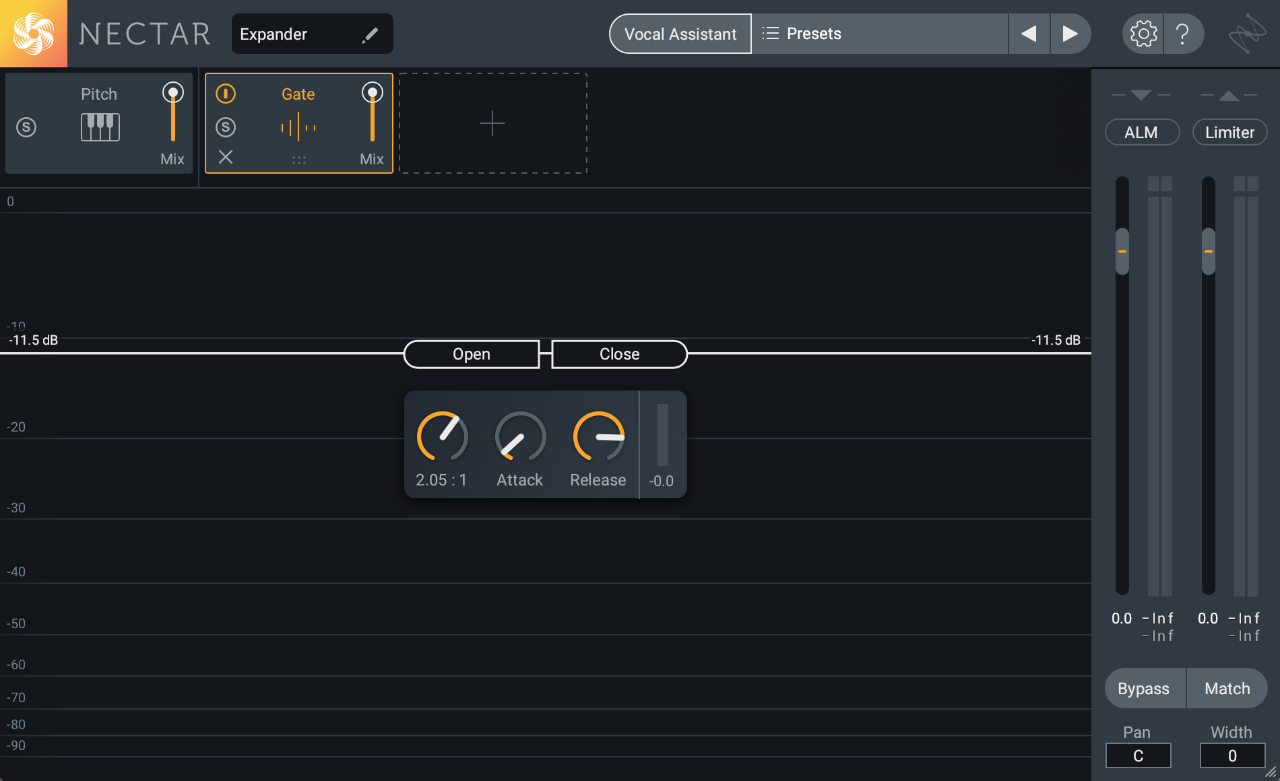5 Ear Training Exercises to Listen Like a Mastering Engineer
by Ian Stewart, iZotope Contributor August 12, 2020
When you think of the most important tool in a mastering engineer’s arsenal, what comes to mind? An equalizer? A compressor? Top-notch conversion, monitoring, or room acoustics? These are all certainly very important, but without a great set of ears behind them, they’re virtually worthless.
But in truth, your ears are only really one part of the story. They turn sound vibrations in the air into neurological signals, but it’s your brain that does the real hearing. Luckily, our brains are great at learning and adapting, so here are five ear (and brain) training tips to help you listen like a mastering engineer.

